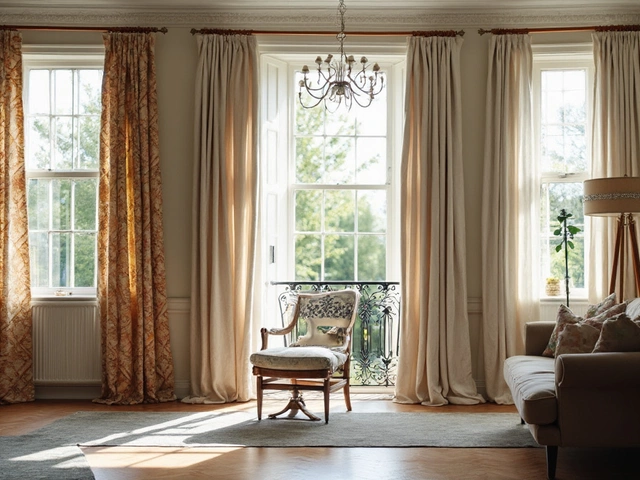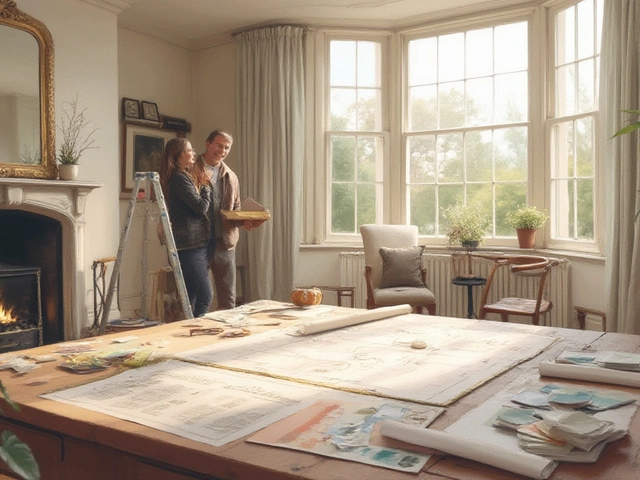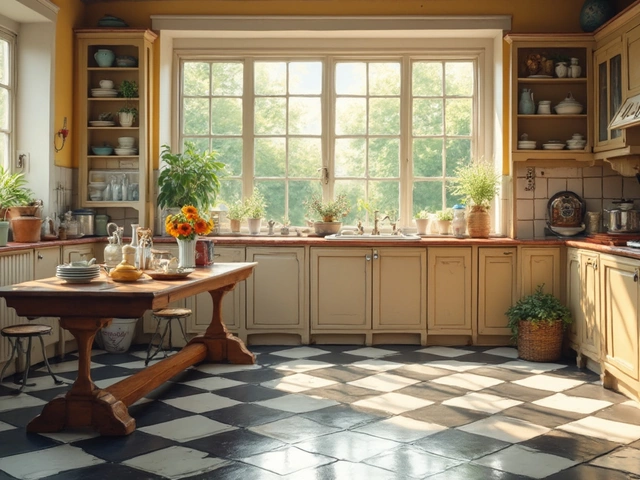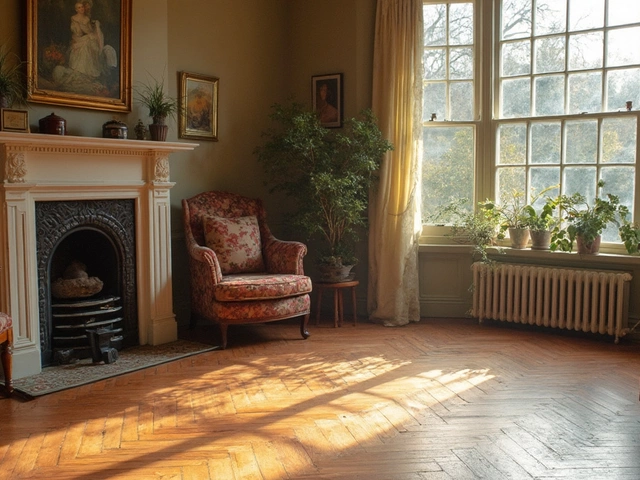Flooring Comparison: Find the Best Floor for Your Home
Choosing a floor feels like a big decision, but it doesn’t have to be stressful. You’ll want something that looks good, lasts long, and fits your budget. This guide breaks down the most common floor types – vinyl, laminate, tile and a few affordable picks – so you can see the real differences and decide fast.
Vinyl vs Laminate: Which Is Right for You?
Vinyl flooring, especially Luxury Vinyl Plank (LVP), mimics wood or stone at a lower price. It’s water‑tight, so kitchens and bathrooms are safe spots. The newer LVP options are tough, scratch‑resistant and feel warm underfoot. A quick cost check shows LVP runs about $30‑$45 per square metre, while installation adds another $15‑$20.
Laminate looks similar to wood but has a thin wear layer on top of a composite core. It’s great for living rooms and bedrooms where moisture isn’t a big issue. Laminate is usually cheaper – $15‑$30 per square metre – and can be installed as a DIY floating floor. The downside? If water seeps in, the core can swell, so it’s not the best for showers.
In a nutshell: pick vinyl if you need water resistance and a realistic look; go laminate if you want a lower price and plan to stay dry.
Budget‑Friendly Tiles and When to Choose Them
Tile feels premium, but you can find budget‑friendly options that still look sharp. Porcelain tile is dense, low‑maintenance and handles heavy foot traffic well. Prices start around $20 per square metre for basic styles, and you can save more by using larger tiles and fewer grout lines.
Ceramic tile is another cheap pick, especially for smaller rooms. It’s easy to cut, so DIY installs are doable. Just remember tiles need a proper underlayment; otherwise you might hear echoy footsteps.
If you love the look of stone but hate the price, consider composite stone tiles. They give the same pattern at half the cost and are lighter to handle.
When to choose tile? Pick it for areas that get wet or heavy wear – bathrooms, entryways, kitchens. Its durability pays off over the years, even if the upfront cost is a bit higher than vinyl or laminate.
Now that you know the basics, match each floor type to the room’s needs and your budget. Vinyl for moisture, laminate for dry quick rooms, tile for durability, and always check the cost per square metre plus installation. A solid comparison saves you time, money and the headache of swapping floors later. Happy flooring!






